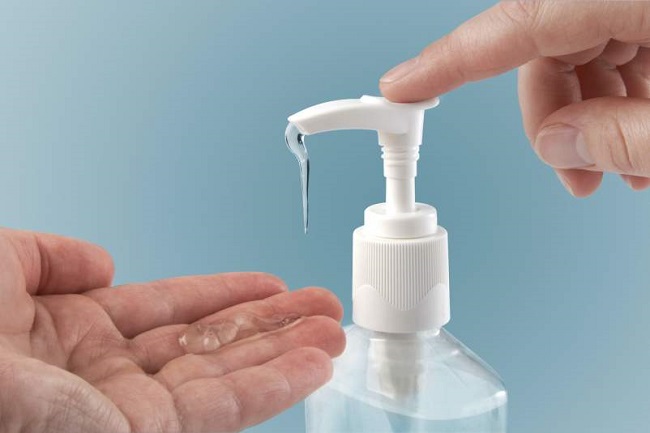Tips for Making Your Own Hand Sanitizer
These makeshift concoctions are just as effective as the real deal when time is of the essence (and they smell better too).
Contents
What can I Add to My Hand Sanitizer to Make it Smell Better

When a pandemic hits, panic and reactivity can spread just as rapidly as the disease itself. When word spread that hand sanitizer containing alcohol was efficient in killing the droplets responsible for transmitting coronavirus, people across the country emptied Amazon and local stores of every bottle they could find.
Read Also:
- Will Monistat Hurt Me if I don t have Yeast Infection
- How Much Bite Power does the Average Human have
- A Few Covid Vaccine Recipients Developed a Rare Blood Disorder
There’s no need to panic; it’s not hard to make your own hand sanitizer at home, and it will likely save you money. Not into do-it-yourself projects? We have three different scented hand sanitizers that are infused with hydrating essential oils. Visit us at our New York City location to pick one up.
Always remember that washing your hands with soap and water is the first line of defence, as recommended by the CDC (CDC). (You have been doing it incorrectly your entire life; don’t feel bad, though; it’s a common problem.)
However, if you are unable to access a sink, alcohol-based hand sanitizer can be used as a viable alternative; however, it must contain at least 60% alcohol in order to be effective.
The Centers for Disease Control and Prevention advise that ingesting more than a few mouthfuls of alcohol-based hand sanitizers can lead to alcohol poisoning. Make sure kids don’t get their hands on it and utilise it without supervision.
Formula for Sanitizing Spray
Ingredients:
+ One cup of isopropyl alcohol (99%) (aka rubbing alcohol)
+ Half a cup of water with 1 tablespoon of hydrogen peroxide (3% solution)
+ 98 percent glycerin, 1 teaspoon
+ Use a quarter cup, a tablespoon, and a teaspoon of filtered, boiling, or iced water.
+ Some essential oils, like lemongrass or eucalyptus, provide additional bug-repelling properties and can be used for scent if desired. Lavender, lemon, bergamot, and cinnamon are all recommended by bio-alchemist Michelle Gagnon because of their antibacterial characteristics. Also, thyme, tea tree oil, or eucalyptus for their antiviral properties.
*This formulation is in accordance with WHO recommendations (WHO).
Directions:
Put everything together. Pour into a spray bottle made of amber glass, such as this one.
Toxin-Free Sanitizing Gel Recipe
Ingredients:
+ About two-thirds of a cup of isopropyl alcohol (99%)
+ 1/4 of an aloe vera leaf
+ A few drops of an essential oil, if desired.
Directions:
Fill a pump bottle with it for hassle-free distribution.
Read Also:
- When to Switch from Toddler Bed to Full Size Bed
- How to Save Your Knees Without Giving up Your Workout
- How is Vitamin E thought to Play a Role in Reducing the Risk of Heart Disease?
Preserving Your Hands’ Health
Dry, cracked hands are “vulnerable to pathogens and infections, including fungal infections and impetigo,” says board-certified dermatologist Whitney Bowe, M.D. She recommends using gentle, milky soap — not antibacterial soap, which is no more effective — whenever possible, and moisturising right afterward with unscented moisturiser to help seal your skin’s barrier.
Dr. Bowe has one additional piece of advice: take off your rings before you wash your hands. Soap’s surfactants can get trapped by the ring and dry up the skin. In addition, they may serve as a breeding ground for bacteria and fungi, which can lead to skin infections.



